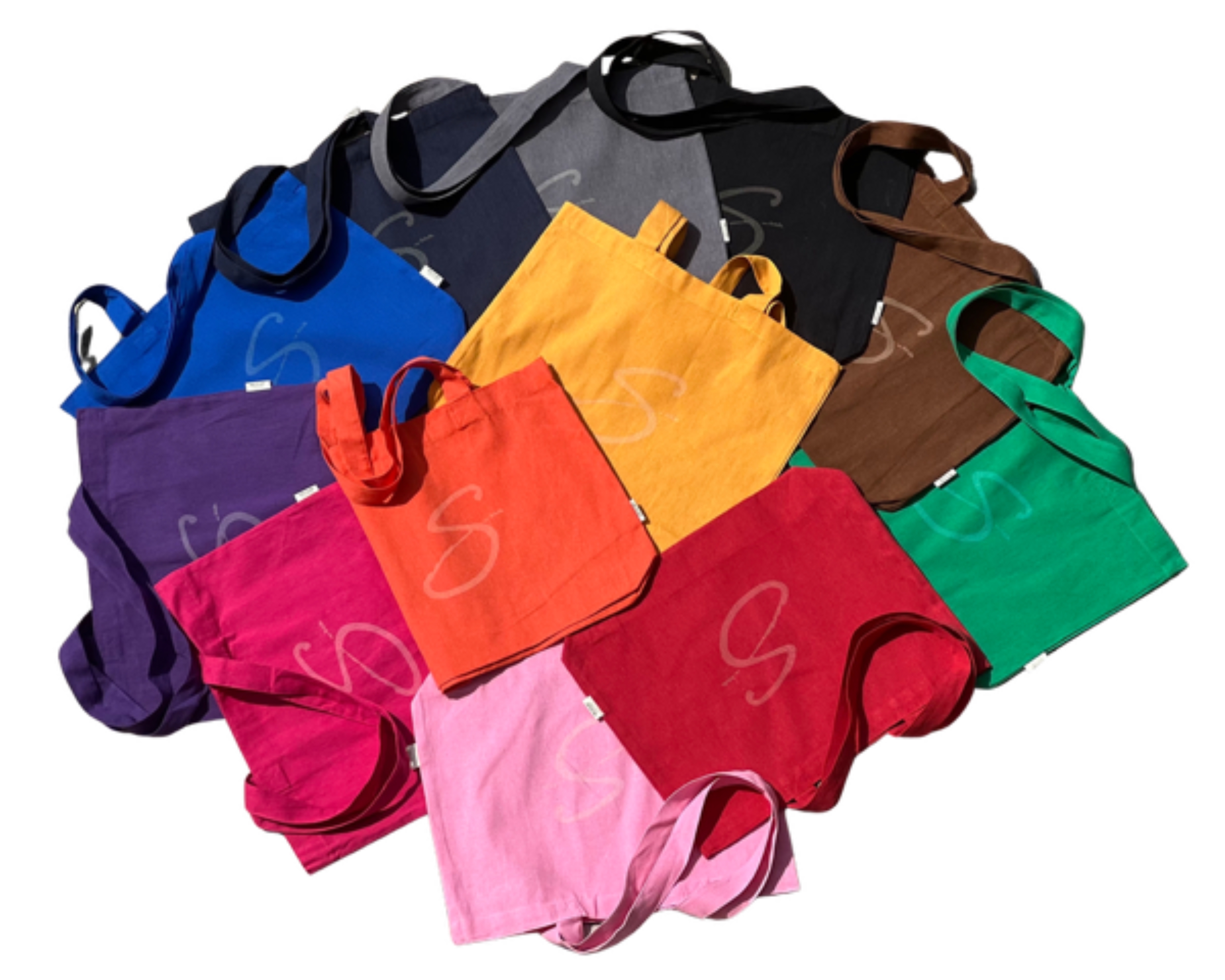Textile Laser Engraving: The New Frontier of Sustainable and Stylish Branding
Le 25 juin 2025

Textile branding is a key issue for brands: customization, durability, aesthetics, and environmental impact are at the heart of their decisions.
Among existing techniques, laser engraving is now emerging as an innovation with high potential. It offers a high-end, ink-free finish with high precision and reduced environmental impact. But how does it work, and how does it compare to other textile branding methods for promotional items?

Textile Laser Engraving: Principle, Advantages, and Limitations
The principle is simple but incredibly effective: a laser beam lightly "burns" or engraves the surface of the textile, creating a visual contrast without adding any material. This is not a raised marking, nor does it involve adding ink or film: it is the material itself that is modified with extreme precision. This process produces a clean, elegant, and durable finish.
Laser engraving can be applied to a wide variety of textile materials, such as cotton, polyester, suede, leather (genuine or synthetic), and even some recycled textiles. This versatility makes it an ideal solution for many promotional items and personalized clothing.
Its main advantages include:
• Extreme precision: fine details, ideal for complex logos.
• Durability: permanent marking (no fading when washed).
• Eco-friendly: no ink or solvents, very low energy consumption.
• Aesthetics: high-end, understated, elegant look.
However, there are some limitations:
• Contrast may be less visible on certain dark, highly colored, or highly textured textiles, where the engraving struggles to stand out visually.
• Implementation requires specific equipment (a dedicated laser machine), which may not be suitable for all volumes or all suppliers.
Despite these few limitations, textile laser engraving stands out today as an innovative, sustainable, and ethical alternative to traditional marking techniques.
Comparison of the main textile marking techniques
| Method | Advantages | Disadvantages | Use |
|---|---|---|---|
| Screen printing | Bright colors, cost-effective in series | Polluting, not profitable in small runs | T-shirts, tote bags |
| Embroidery | High quality, textured, very durable | Expensive, limited detail | Polos, sweatshirts, caps |
| DTF/DTG Transfer | Photo-quality printing, flexible, fast | Less durable, risk of cracking | Custom batches |
| Sublimation | Vibrant colors, highly resistant | Only works on white polyester | Sportswear, promotional items |
| Laser engraving | Durable, eco-friendly, very precise | Less suited to dark textiles | Premium items, discreet branding |
Towards more responsible branding: a no-brainer for ASAP Marketing
At ASAP Marketing, specialists in eco-friendly promotional items, we have long since chosen to offer sustainable and eco-responsible goodies, bucking the trend toward disposable products or those with a high carbon footprint. This commitment informs our daily approach: rigorous selection of recycled or bio-sourced materials, short supply chains whenever possible, and supplier traceability.
It was therefore only natural that we decided to integrate textile laser engraving into our range of branding solutions. This technology fits perfectly with our vision: branding without ink, solvents, or excessive water or resource consumption, yet delivering a high-end and sustainable visual effect.
Offering this type of branding wasn't just an option: it was a no-brainer. A logical continuation of our commitment to more responsible, high-quality promotional items that are more consistent with current challenges of ecological restraint. It is a concrete way of reconciling visual impact and controlled environmental impact.
